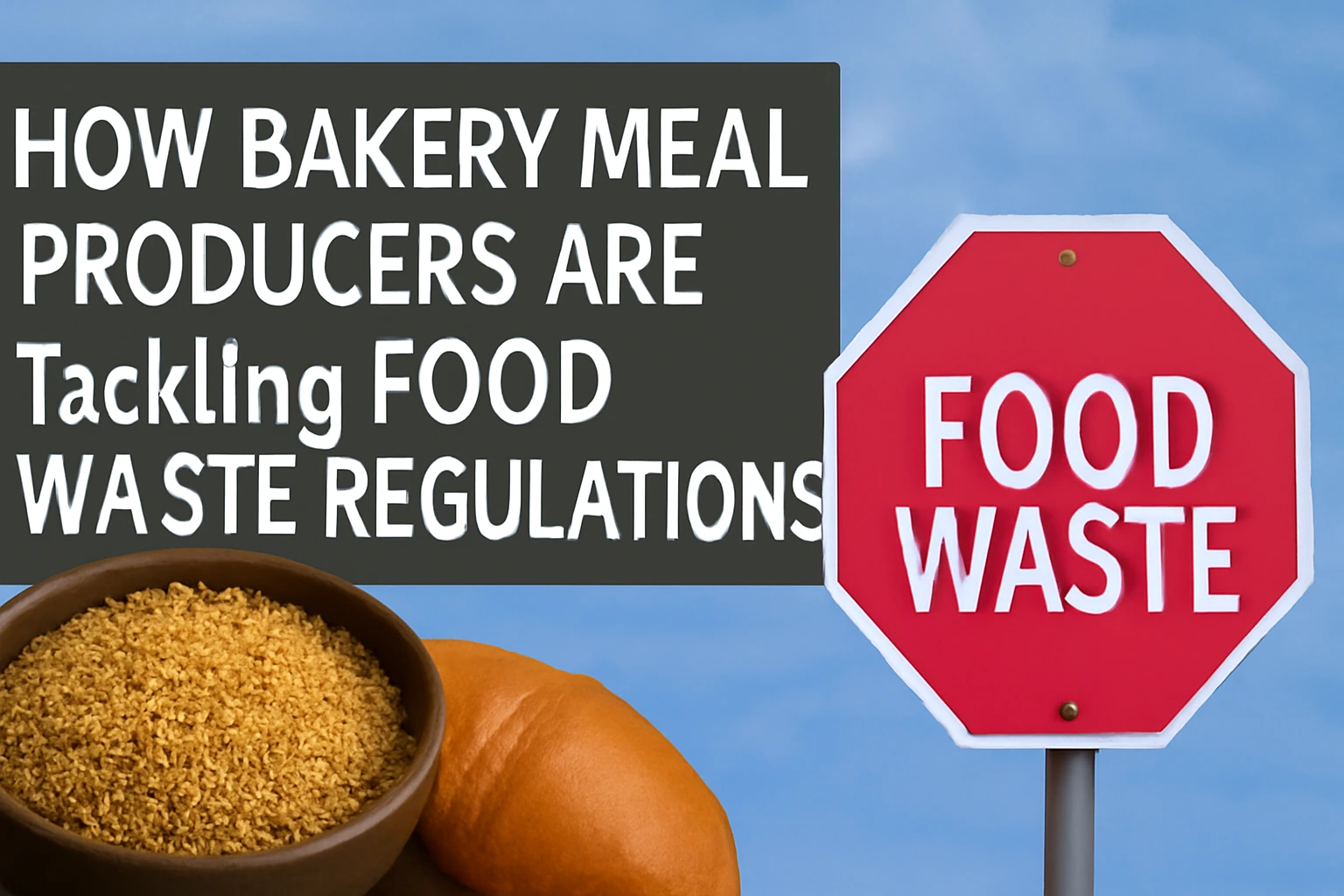1. Introduction: Why Food Waste Matters for the Bakery Sector
The bakery industry generates vast amounts of surplus bread, pastries, and dough, making it a critical player in global food waste reduction efforts. As governments commit to net-zero and landfill reduction, bakeries face increasing pressure not only to limit edible waste but also to upcycle unavoidable surpluses. Transforming surplus into bakery meal—used in animal feed, compost, and bioenergy—has become both an eco-responsibility and a cost-saving strategy for the sector. The shift towards circular business models is now bolstered by compliance with strict food waste regulations taking effect in 2025.
2. Regulatory Shifts—What’s Changing for Bakeries in 2025?
A wave of new food waste laws is hitting producers, especially in the UK and EU: from March 2025, most bakeries will be legally required to separate food waste from general refuse and arrange licensed collections. Businesses generating over 5 kg of food waste weekly must segregate biodegradable food, track waste flows, and prove compliance in audits. Smaller bakeries and microbusinesses have a slightly longer timeline, but all must ultimately comply as regulators ramp up enforcement. These regulations, tied to landfill diversion and environmental targets under acts like the Environment Act 2021, also encourage upcycling bakery meal as animal feed—provided producers maintain robust traceability and safety checks. Non-compliance exposes bakeries to penalties, reputational risk, and missed market access for their byproduct feed ingredients.
3. Valorization: Upcycling Bakery Meal as Feed and Beyond
Forward-thinking bakery meal producers transform surplus bread and bakery products into high-energy animal feed, compost, or even bio-based packaging, in line with waste hierarchy best practices. UK and EU rules require that bakery meal feed ingredients never mix with animal byproducts during storage and transport, demanding stringent controls and dedicated logistics. Composting and anaerobic digestion offer additional options, creating biofertilizer and clean energy while diverting waste from landfill. Digital inventory tools and predictive models—like EOQ and Newsvendor—help bakeries optimize orders, minimize surpluses, and reduce end-of-life losses, further boosting profitability and compliance outcomes.
4. Practical Solutions: Traceability, Partnerships, and Digitalization
Staying ahead of food waste compliance starts with robust traceability: clear separation bins, color-coded sealed packaging, and supplier-partner audits make bakery meal upcycling safe and legal. Food businesses team up with licensed collectors and feed manufacturers to maintain regulatory records, ensure documentation for audits, and leverage digital platforms for waste tracking. Employee training in waste segregation and compliance, as well as collaboration with bioenergy and feed refineries, turns regulation into a circular growth opportunity.
5. Conclusion: Turning Compliance into Circular Opportunities
By embracing strict food waste regulations, bakery meal producers not only avoid fines but actively unlock value from waste. Upcycling surplus for feed, energy, or compost supports the food system’s transition toward circularity—turning regulatory challenge into ecological and economic advantage in 2025 and beyond.

Leave a Comment